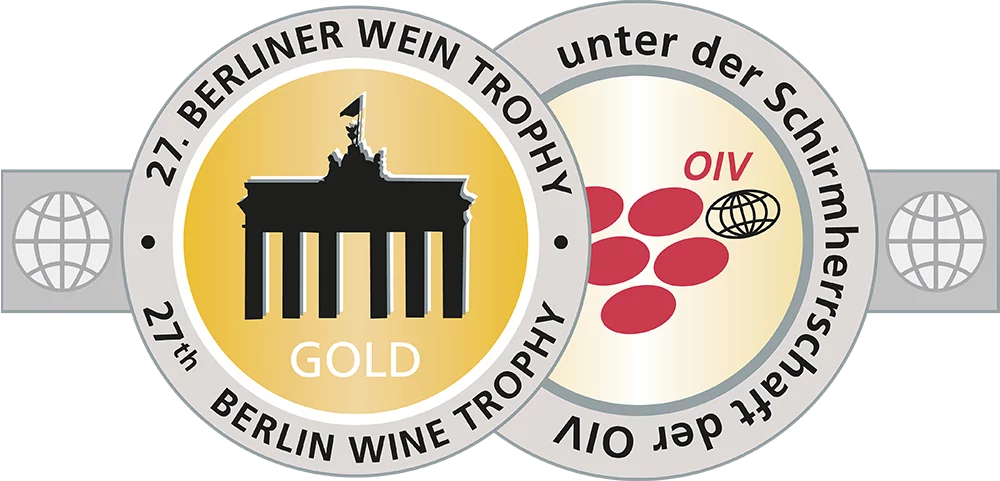currently 165,711 Wines and 25,036 Producers, including 3,204 classified producers.

GOLD |
Crianza
2023 - Berliner Wein Trophy |

|
 0.75 L
0.75 L
 0.75 L
0.75 L
 0.75 L
0.75 L
 0.75 L
0.75 L
 0.75 L
0.75 L